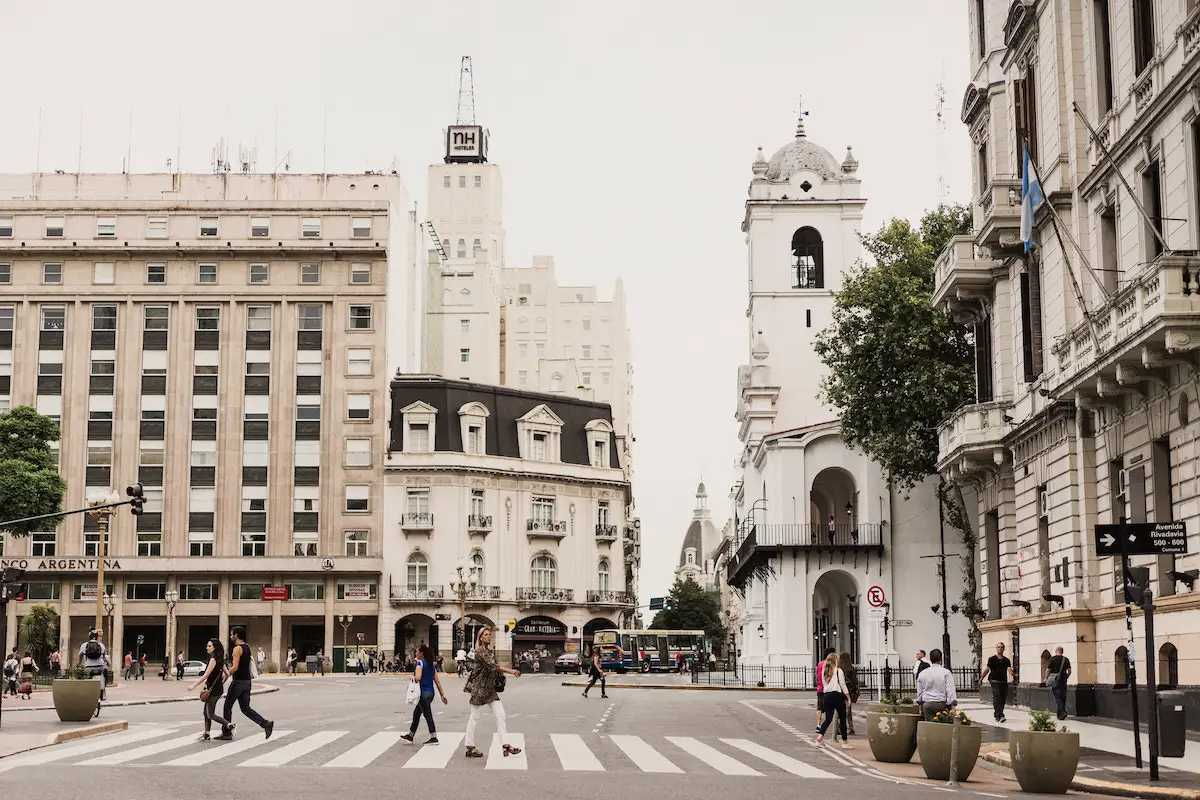Green Cities, New Urbanism, urban agriculture, and so goes the list. All as if cities were strangers to their natural environments, when cities have been tied historically to nature ever since antiquity; there would have not been a Babylon without the Fertile Crescent or New York without the Hudson. In fact, the existence of cities today is closely related to its surrounding, and in some cases, its lost natural environments, which have been eclipsed by the rapid urbanisation rates of the industrial revolution and the 20th century.
As a reaction to the loss of nature in urban spaces, many movements have sprung in the last decades to reclaim the lost assets, landmarks and natural heavens that once were an integral part of cities. However, as cities continue to grow, policy makers, developers, experts and individuals alike have been facing the difficult task of prioritizing what is best for them, for the environment and for their city.
Some cities, like Bangkok, have cleared out huge amounts of land to build expensive flyover motorways, others tubed historical rivers to pave way for roads and rapid transport systems like seen in Mexico City, while others experience growth limitations due to regulations on protecting green belts such as London.
Cities need to learn to operate alongside natural environments and cherish its natural heritage. Join us for our monthly #citytalk tweetchat to discuss how cities and nature have been relating in the past decades and what solutions are being offered in cities around the globe.
WHEN: Wednesday, 20 November 2013, 7PM GMT/8PM CET/2PM EST
WHERE: On Twitter. Follow #citytalk or click here to join
WHO: Join This Big City and Future Cape Town


